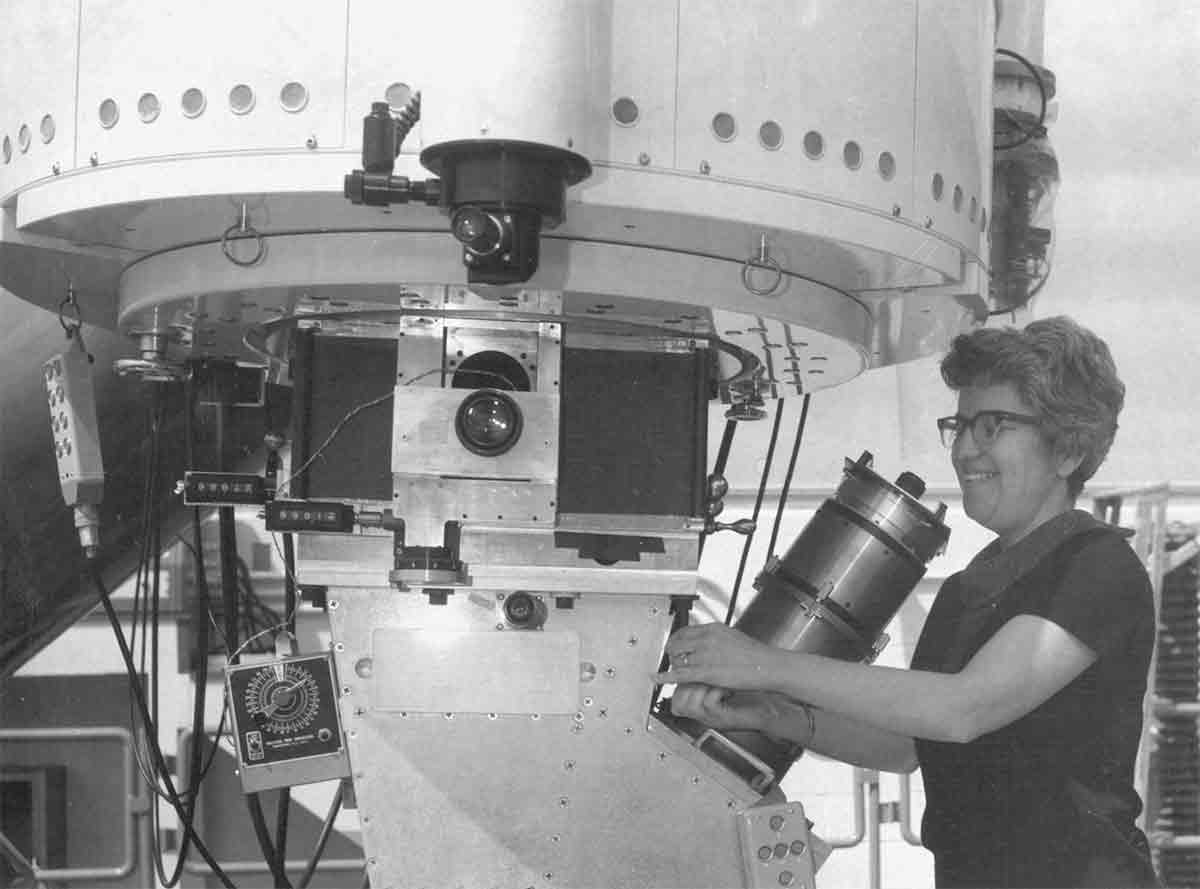US Space Force satellite data shines light on mystery of Arctic warming
Satellite data show melting Arctic sea ice has reduced the amount of sunlight the region reflects, triggering an unprecedented rise in local temperatures.

Satellite data shows melting Arctic sea ice has experienced a reduction in how much sunlight it reflects, triggering an unprecedented rise in local temperatures.
NASA and NOAA climate scientists recently reported that 2023 was the hottest year on record, with temperatures continuing to rise at shocking rates. In the Arctic, specifically, temperatures are rising four times faster than the rest of the world, but scientists aren't sure what the exact reason for this accelerated warming could be.
New satellite data might shine light on the mystery. With permission from the U.S. Space Force, a team of researchers from the Sandia National Laboratories analyzed previously unpublished data from radiometers on GPS satellites to better understand the reduced reflectivity of Arctic ice, finding that the reduction of sunlight reflectivity, or albedo, has amplified warming in the Arctic. The data, spanning from 2014 to 2019, revealed a 20% to 35% loss in total reflectivity, according to a statement from the laboratory.
Related: Satellites show Arctic sea ice is melting even faster than scientists realized
"The uneven warming in the Arctic is both a scientific curiosity and a pressing concern, leading us to question why this landscape has been changing so dramatically," Erika Roesler, co-author of the study and an atmospheric and climate scientist at Sandia National Laboratories, said in the statement.
"To qualify as a climate dataset, observations must span a multitude of years. Small-scale science projects are typically not that long in duration, making this dataset particularly valuable."
Increased Arctic warming is linked to both an overall reduction in sea ice and reduced reflectivity of the remaining sea ice. When Arctic sea ice melts, it exposes more of the dark ocean, which, in turn, absorbs more sunlight than snow-covered ice and raises temperatures. Ice melt also creates what is known as ponding water, which further erodes underlying ice and is not as reflective as snow or ice.
Breaking space news, the latest updates on rocket launches, skywatching events and more!
While previous studies have examined local measurements in specific locations and have used theoretical discussions of the relationship between albedo and Arctic warming, scientists say this is the first comprehensive multi-year examination of this relationship throughout the entire region.
Approximately one-third of the loss of reflectivity is the result of fully melted ice, while the other two-thirds is likely caused by weathering of the remaining sea ice, which is generally thinner and contains pools of water on its surface, according to the statement.
"The key discovery here is just how much the weathered ice is reducing reflectivity," Amy Kaczmarowski, co-author of the study and an engineer at Sandia National Laboratories, said in the statement. "We will continue to use this data to investigate various regions of the Earth for climate applications."
Their findings were published Aug. 23, 2023, in the journal Nature Scientific Reports.

Samantha Mathewson joined Space.com as an intern in the summer of 2016. She received a B.A. in Journalism and Environmental Science at the University of New Haven, in Connecticut. Previously, her work has been published in Nature World News. When not writing or reading about science, Samantha enjoys traveling to new places and taking photos! You can follow her on Twitter @Sam_Ashley13.
